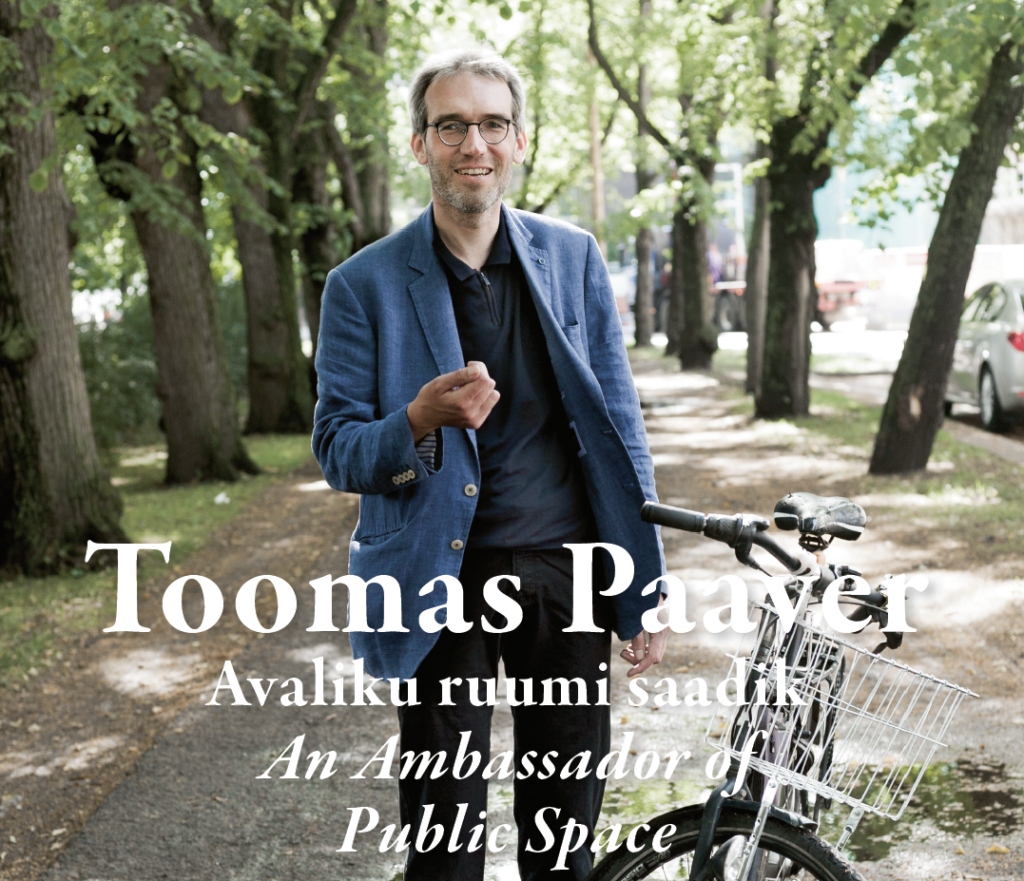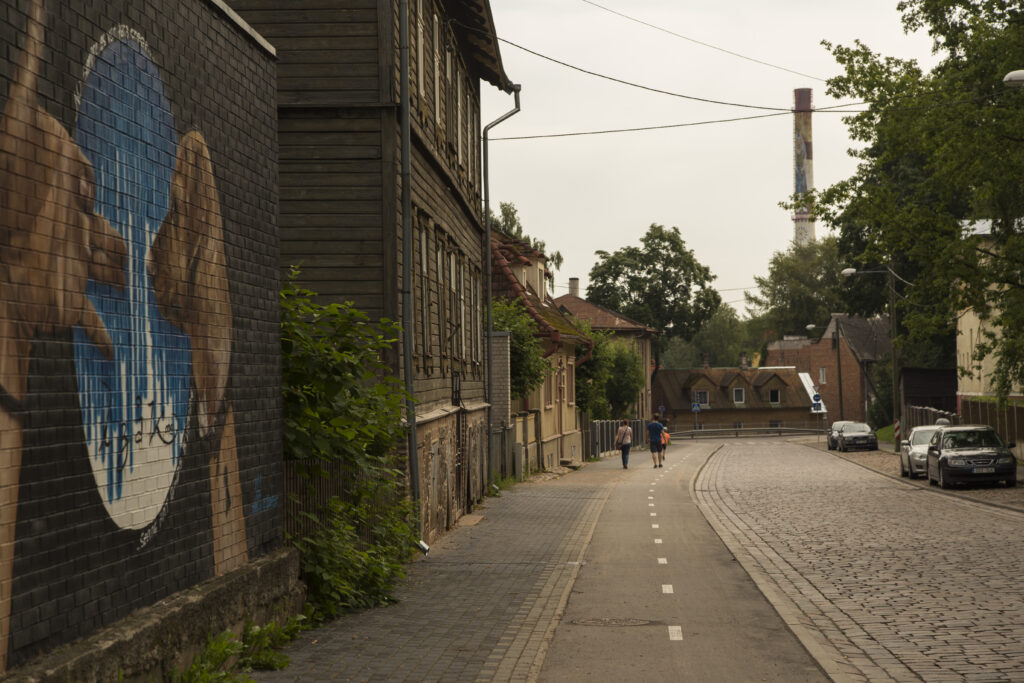Autumn 2017: Shared Space
How to plan and design the city and public space in a situation where every owner of even a tiniest land parcel has its own interests and every public authority or private company has its own needs? How can it be done if every city department has its own concept of urban planning, if architecture and engineering firms expend all their efforts simply keeping their head above water?
Toomas Paaver admits that solving some problems of spatial planning may indeed seem impossible, however, the self-same impossibility has always intrigued him. His way of thinking is marked by spatial structuredness and ability to find causality in complex connections providing his perception and argumentation with a particular grasp. Would it be possible to work with such a versatile topic as a functioning common space in any other way?
This issue of Maja focusses on infrastructure, first and foremost on the architecture of street space. Good architecture creates unity, is capable of solving problems and enables what at first appear to be conflicting interests to be realised. Connections that go unmade in a[n urban] space are like missed opportunities.
It was not easy to aim for a better public space and more human-friendly and diverse street space. Creating an aesthetic city space and a functioning whole was an even more elusive task. It was difficult to explain to the mayor back then what I meant by social space. This combination of words probably gave him a different kind of idea, since the Social Democrats were still in opposition back then. And because all of these ideas were from the point of view of those who actually use urban space (in other words those who don't use cars), many thought they would inhibit progress.
There was a saying in Soviet times that where the railway begins, common sense ends. Looking at the development of infrastructure projects and their particular tendency to become encapsulated in a highly detailed jungle of pipes and wires before much more important issues are resolved, this saying should be paraphrased today as: “Where the designing of infrastructure begins, architecture ends.”
Postitused otsas









